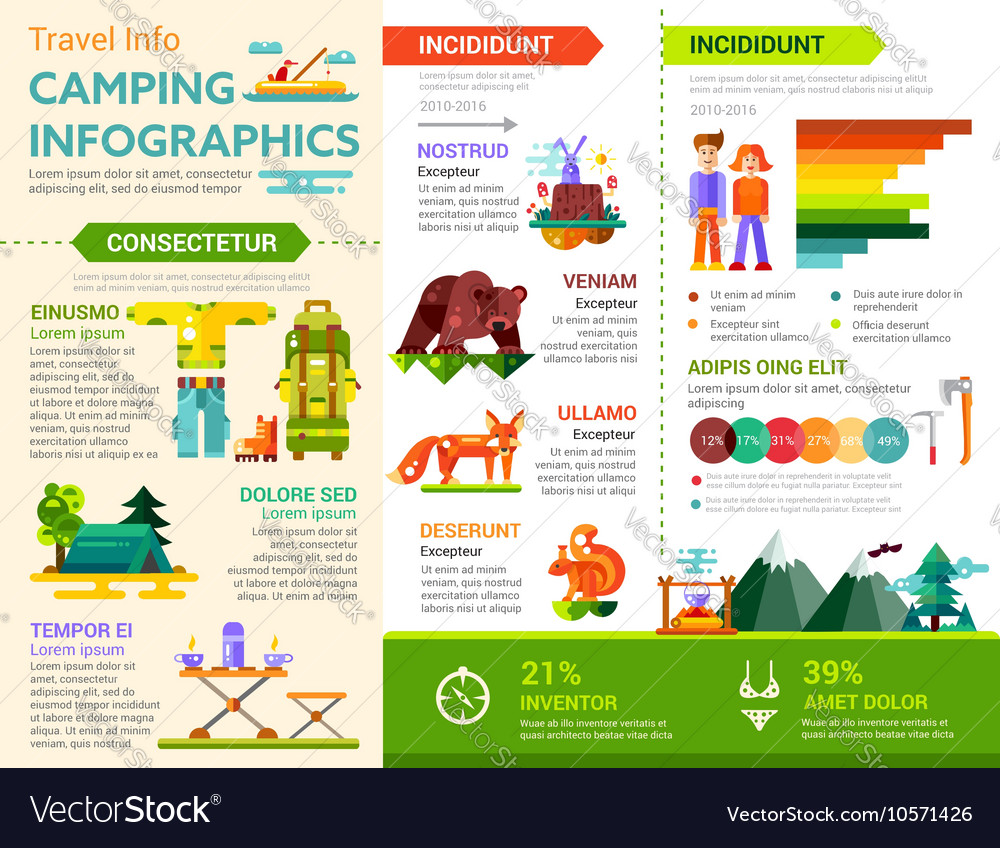If you camp frequently in locations with rocks or sharp downed branches or simply hate packing away a damp, sloppy outdoor tents, after that a footprint is certainly worth taking into consideration. Impacts are also fairly low-cost contrasted to a brand-new tent.
Are canvas tents worth the money?
Lots of camping tent suppliers offer their very own certain footprints, which are reduced to the exact size of the tent floor. However, you can make one yourself with a lightweight textile like polycryo or tyvek.
Weather
Whether you need an impact truly depends on the conditions you'll be camping in. If you're backpacking in a location where the ground is usually wet (it's basically inevitable), a tent footprint can be a useful addition to your set, as it will certainly stop your outdoor tents flooring from becoming soggy.
Nonetheless, if the footprint is as well huge it can function as a moisture catch and possibly enable water to pool under your outdoor tents. This can be prevented by seeing to it the impact is cut a little bit smaller than your outdoor tents on all sides.
Generally talking, it's best to obtain a footprint from the very same maker as your camping tent to ensure a precise fit. They likewise tend to be made from thicker, much more sturdy products than DIY alternatives. They can be expensive for something whose sole function is to protect the ground below your outdoor tents, yet it can be a rewarding financial investment if you respect the durability of your equipment.
Surface
Several top quality outdoors tents can work well without a footprint, particularly those that have tub floorings constructed from durable products. Nonetheless, the surface you hike on can have a significant influence on exactly how rapidly your tent floor breaks. Granite slabs, sandstone and other rugged surface areas put on with the bottom of your tent much faster than verdant meadows or forest floors.
An impact or ground cloth assists extend the life of your outdoor tents by functioning as a barrier between the ground and the sewn-in groundsheet of your outdoor tents, states REI senior sales professional Elizabeth Nguyen. It likewise safeguards the tent from unpleasant components like sharp twigs and jagged rocks that might puncture or tear the sewn-in flooring. When selecting a footprint for your tent, it is very important to ensure it's somewhat smaller sized than the tent on all sides. This stops water from merging between the camping tent and impact during a rainstorm, which might leak right into your tent. The best alternative for an impact is to buy one designed for your certain outdoor tents, which will ensure a tight fit.
Outdoors Tents with Reduced Deniers and Waterproof Scores
Whether you're an informal backpacker or a hardcore traveler, the sturdiness degree of your tent is an essential consideration. Camping tents made to be ultralight, bordering on minimalist, frequently compromise some level of toughness in the textile and materials used.
One fabric specification you'll run into is denier, which refers to the weight in grams of a 9,000-meter length of yarn that makes up the tent's cover, rainfly, and/or floor. A higher denier specification signifies extra tough textiles, while lower tent drawing numbers indicate lighter and less durable textiles.
Various other specifications to consider consist of flooring measurements, vestibule dimension, and interior pockets. The former shows the general square-footage that can be utilized for comfortable room, while the latter can contribute in storage space by supplying an area to stash gear overnight and in bad weather. Air flow is additionally a crucial element; as you exhale moisture during rest, it requires to get away, or condensation might develop inside. Features such as mesh home windows and panels and flexible rainfly doors aid raise air flow and stop this from taking place.
The Expense
The expense of a camping tent can impact its performance, and it is also vital to take into consideration just how much you can pay for to spend. Backpackers looking for a light-weight shelter should aim for an outdoor tents with a livability ranking of a minimum of 2 stars, and when possible, 3 or more.
Livability refers to exactly how roomy a camping tent feels, with headroom and flooring dimensions playing a big duty. Historically, backpacking camping tents utilized steeply sloped wall surfaces and very little space to conserve weight, however modern materials allow developers to supply more convenience while keeping weight low.
Storage space is one more factor to take into consideration, with vestibules and a quick-pitching style helping reduce arrangement time. Furthermore, the sort of material covering and how the camping tent is stored can influence durability. For example, a PU layer that breaks down faster when damp, or goes through repeated cycles of storing and un-stowing, can considerably reduce the life expectancy of an outdoor tents. Likewise, using a custom-made footprint as opposed to stuffing an outdoor tents in a haphazard fashion will additionally extend its life-span.
How heavy should your backpacking tent be?
